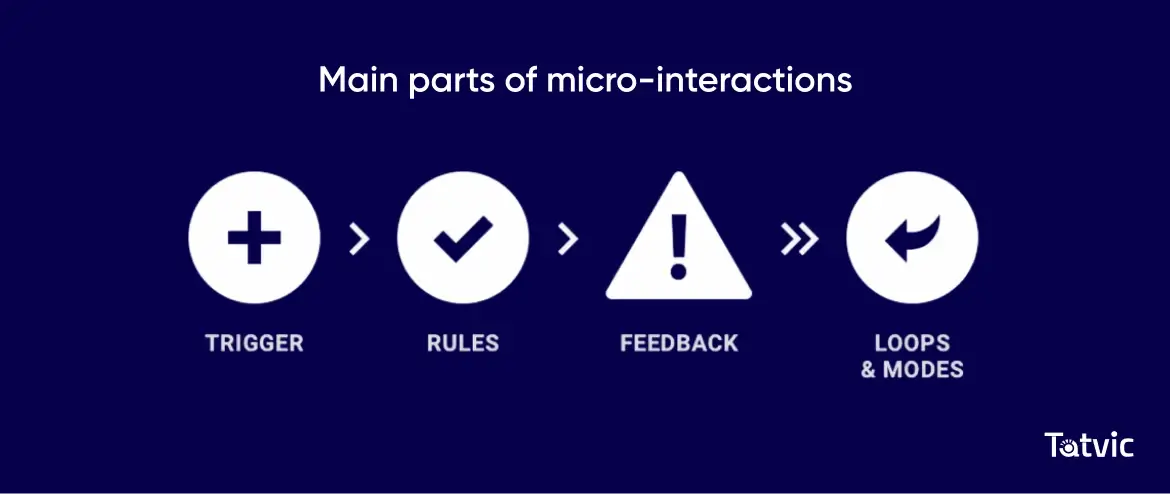The term “UX” has not only become a buzzword but a transformative force, replacing the very essence of “Business” in the modern context. As we delve into the importance of User Experience (UX) design, it’s evident that the trajectory of businesses hinges on the delivery of exceptional user experiences.
By the year 2032, a workforce exceeding 229,000 professionals in web development and digital interface design will shape the design and development landscape.
The shift towards prioritizing UX design is grounded in its high return on investment. A survey by Nielsen Norman Group revealed that companies, after redesigning for usability, experienced an average improvement of 75% in key performance indicators (KPIs), including conversion rates, traffic, user performance, and target feature usage.
Some of the top UX Design Influencers reflect the importance of the UX design that is shaping the current and future landscape of User Experience:
1. Donald Norman: The Pioneer in Cognitive Science at Apple:
Donald Norman, a cognitive scientist at Apple, emphasized user empathy and accessibility, laying the foundation for placing the user first. Today, high-tech companies are investing significantly in UX, realizing the benefits of prioritizing user needs.
In an age where technology is ubiquitous and user expectations are at an all-time high, Norman’s foresight in prioritizing the user experience has become a beacon for contemporary businesses. The concept of user empathy involves understanding and aligning with the users’ needs, desires, and challenges. By doing so, companies can create products and services that not only meet functional requirements but also resonate with users on a personal and emotional level.
Accessibility, another key tenet emphasized by Norman, is crucial in an era where diversity and inclusivity are at the forefront of design considerations. Modern technology is used by individuals with varying abilities, and ensuring that products are accessible to all users is not just a legal requirement but a moral imperative.
2. Interaction Design Foundation – Looking at the Emotional Dimensions:
The insights from the “Interaction Design Foundation” shed light on the foundational principles of user interface design, emphasizing the often overlooked but crucial aspect of user satisfaction, particularly tied to the emotional dimensions of the user experience.
In the realm of user interface design, early standards such as ISO 9241 have outlined a comprehensive approach to evaluating interfaces. These standards identified three key elements: effectiveness, efficiency, and satisfaction. While the first two, effectiveness and efficiency, are commonly acknowledged and quoted in discussions around user experience, the speaker draws attention to the frequently underestimated importance of user satisfaction.
The emphasis on satisfaction in the context of the emotional aspect of user experience is significant. It transcends the traditional metrics of task completion and efficiency by recognizing that user satisfaction is intricately linked to the emotional responses and overall feelings that a user associates with an interface or product.
3. Jeff Gothelf – Bridging UX and Agile
Jeff Gothelf’s contribution has played a significant role in popularizing the integration of UX design with agile development. His book provides insights and practical techniques for incorporating user experience practices into the lean and agile frameworks. The central idea is to prioritize user feedback and collaboration, ensuring that design decisions are not only based on assumptions but are continuously validated through user testing and feedback loops.
By combining the principles of Lean UX with Agile methodologies, teams can create products that are not only efficient and effective but also align closely with user needs and preferences. The methodology promotes a user-centric approach to product development, aiming to reduce waste and enhance overall product quality.
4. Dan Saffer: Microinteractions Matter:
As the Director of Product Design at Flipboard, Dan Saffer emerges as a thought leader emphasizing the significance of micro-interactions in the realm of UX design. His book, aptly titled ‘Microinteractions,’ serves as a comprehensive guide offering practical insights and real-world examples to demonstrate how these seemingly small details can be the differentiator between a good and an outstanding user experience.
Daniel Saffer, an Interaction Design Lead at Smart Design, breaks down micro-interactions in a simple way. Here are the main parts:
- Trigger: This is what starts an action. It can be something you do, like clicking a button, or something the system does, like a pop-up.
- Rules: These decide what happens after the trigger. It’s like a set of instructions.
- Feedback: This is how you know the action is happening. For example, when you click a ‘Pay Now’ button, the buzzing sound on your device is the feedback.
Loop and Modes: Sometimes, there are different ways to give feedback. If something goes wrong, like a page not found, a friendly error code could be the right feedback.
Understanding these elements helps make interactions on devices more user-friendly.
5. Sarah Winters: Shaping Content Design:
Sarah Winters, the founder of Content Design London, has made substantial contributions to the UX landscape by coining the term “content design” and spearheading the transformation of over 3,000 local government websites. Her work stands as a global benchmark for exceptional UX, content design, and accessibility.
- Clear Language: Use straightforward language and avoid jargon for a transparent and user-friendly interface.
- Simplicity is Key: Keep content simple to enhance accessibility for users.
- Short Sentences: Break content into short, digestible sentences, as users typically read only about 20% of the text on a page.
- Scannable Content: Format information into easily digestible pieces with ample breathing space for quick scanning by busy users.
- Positive Example – Gov.uk serves as an excellent example of implementing these principles effectively.
Source: https://www.gov.uk/cost-of-living
Conclusion:
As businesses increasingly recognize the pivotal role of UX in their success, these thought leaders provide invaluable insights, guiding us towards a future where user-centric design is at the core of every digital experience.






